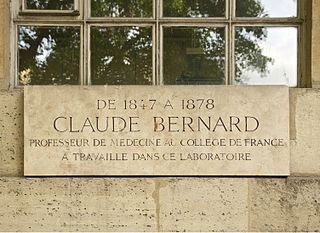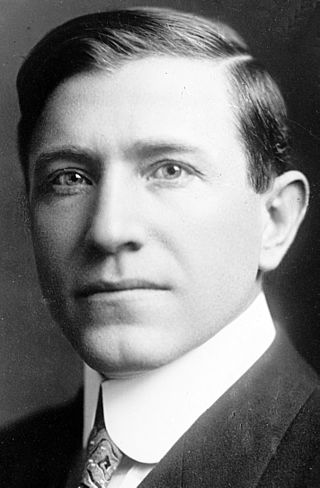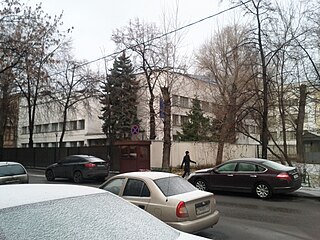
Malacañang Palace, officially known as Malacañan Palace, is the official residence and principal workplace of the President of the Republic of the Philippines. It is located in the Manila district of San Miguel, along Jose P. Laurel Street though it is commonly associated with Mendiola Street nearby. The term Malacañang is often used as a metonym for the president, their advisers, and the Office of the President of the Philippines. The sprawling Malacañang Palace complex includes numerous mansions and office buildings designed and built largely in the bahay na bato and neoclassical styles. Among the presidents of the present Fifth Republic, only Gloria Macapagal Arroyo actually lived in the main palace as both her office and her residence, with all others residing in nearby properties that form part of the larger palace complex. The palace has been seized several times as a result of protests starting with the People Power Revolution of 1986, the 1989 coup attempt, the 2001 Manila riots, and the EDSA III riots.

Embassy Row is the informal name for a section of Northwest Washington, D.C., with a high concentration of embassies, diplomatic missions, and diplomatic residences. It spans Massachusetts Avenue N.W. between 18th and 35th street, bounded by Scott Circle to the south and the United States Naval Observatory to the north; the term is often applied to nearby streets and neighborhoods that also host diplomatic buildings, such as Kalorama.

A commemorative plaque, or simply plaque, or in other places referred to as a historical marker, historic marker, or historic plaque, is a plate of metal, ceramic, stone, wood, or other material, typically attached to a wall, stone, or other vertical surface, and bearing text or an image in relief, or both, to commemorate one or more persons, an event, a former use of the place, or some other thing. Many modern plaques and markers are used to associate the location where the plaque or marker is installed with the person, event, or item commemorated as a place worthy of visit. A monumental plaque or tablet commemorating a deceased person or persons, can be a simple form of church monument. Most modern plaques affixed in this way are commemorative of something, but this is not always the case, and there are purely religious plaques, or those signifying ownership or affiliation of some sort. A plaquette is a small plaque, but in English, unlike many European languages, the term is not typically used for outdoor plaques fixed to walls.

Joaquín Miguel Elizalde y Díaz was a Filipino diplomat and businessman.

John Hay Air Station, more commonly known as Camp John Hay, was a military installation in Baguio, Philippines.

The Embassy of the Philippines in Washington, D.C. is the diplomatic mission of the Republic of the Philippines to the United States. It is located at 1600 Massachusetts Avenue, Northwest, Washington, D.C. It predates the independence of the Philippines, and is the oldest Philippine legation overseas, though the distinction of the first Philippine embassy proper overseas, belongs to the Philippine Embassy in Tokyo.

The Embassy of the United States of America in Manila is the diplomatic mission of the United States in the Philippines. It is situated at Roxas Boulevard in Ermita, Manila. The Embassy has been representing the United States Government since the Philippines was granted independence on July 4, 1946.

Frederick Albert Britten was a U.S. Representative from Illinois.

The Embassy of Australia in Washington, D.C. is the diplomatic mission of the Commonwealth of Australia to the United States. The chancery is located at 1601 Massachusetts Avenue NW on Scott Circle, at the beginning of Embassy Row. The current ambassador is former Prime Minister Kevin Rudd and the Deputy Head of Mission is Paul Myler. The embassy employs more than 250 people.

The Embassy of Ireland in Washington, D.C. is the diplomatic mission of Ireland to the United States. It is located at 2234 Massachusetts Avenue, Northwest, Washington, D.C., at Sheridan Circle, in the Embassy Row neighborhood.

Historical markers are installed by the National Historical Commission of the Philippines (NHCP) and its predecessor agencies in the Philippines and places abroad that signify important and historic events, persons, structures, and institutions. The commemorative plaques are permanent signs installed by the NHCP in publicly visible locations on buildings, monuments, or in special locations. The NHCP also allows local municipalities and cities to install markers of figures and events of local significance, although these markers are barred from using the seal of the Republic of the Philippines.

The Residence of the Philippine Ambassador to Tokyo, informally known as the Kudan (九段), is the official residence of the Philippine ambassador to Japan. It is located in 1-1-1 Fujimi, Chiyoda-ku, Tokyo, Japan. It is called the "crown jewel of Philippine foreign service" and became the first officially designated National Historical Landmark outside Philippine soil.

The Embassy of Sweden in Washington, D.C., is Sweden's diplomatic mission in the United States. The Swedish Embassy in Washington, D.C., is one of Sweden's largest diplomatic missions with more than fifty employees. Ambassador since 2023 is Urban Ahlin. Sweden also has a Consulate General in New York City and in San Francisco and a number of Honorary Consulates General in the United States. Since 2006, the chancery is located in the House of Sweden building on the Potomac River.

The Embassy of the Philippines in Moscow is the diplomatic mission of the Republic of the Philippines to the Russian Federation. Occupied since 1978, it is located on 6/8 Karmanitskiy Lane in the Arbat District of central Moscow, a short walk from the headquarters of the Russian Ministry of Foreign Affairs, and near the former home of Alexander Pushkin and the residence of the Ambassador of the United States to Russia.

Filipina Comfort Women was a statue publicly displayed along Baywalk, Roxas Boulevard in Manila. Unveiled on December 8, 2017, and installed through the National Historical Commission of the Philippines (NHCP) and other donors and foundations, it was dedicated to the Filipino "comfort women", who worked in military brothels in World War II including those who were coerced into doing so.

The Embassy of the Philippines in Madrid is the diplomatic mission of the Republic of the Philippines to the Kingdom of Spain. Opened in 1951, it is located at the corner of Calle Eresma and Calle Guadalquivir in the barrio (neighborhood) of El Viso, part of the district of Chamartín in northern Madrid, where it has been since 1998.

The embassy of the Philippines in Paris is the diplomatic mission of the Philippines to France.



















